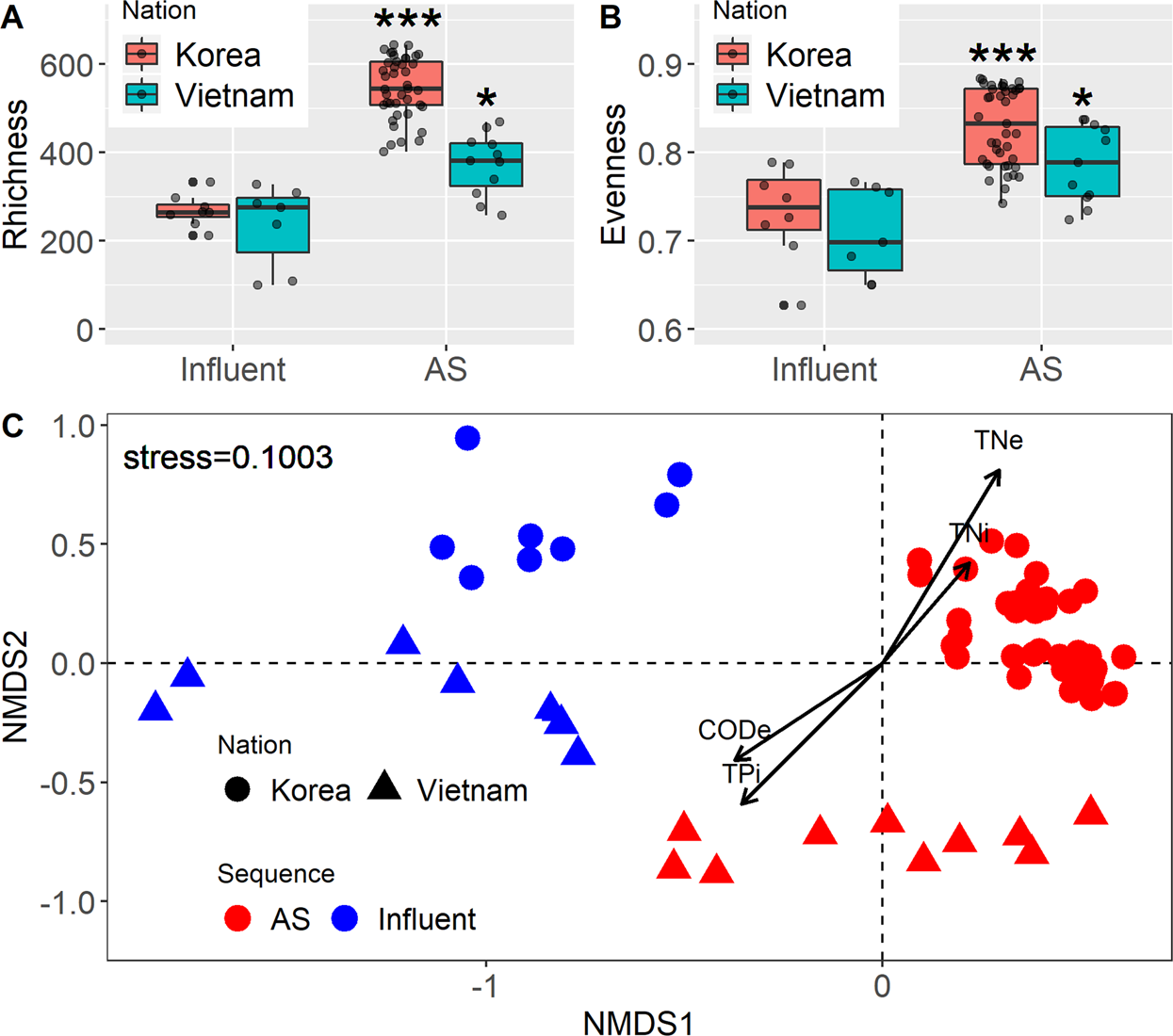

These values for estimating hydraulic loading are often much larger than actual flows, due to a shift in water conservation attitudes and evolving regulations for the use of low-flow fixtures.

Montana Department of Environmental Quality Texas Commission on Environmental QualityĬolorado Department of Public Health and Environment The values used by various regulatory agencies are shown below: Table 2: State Design Guidelines – Per Capita Wastewater Flowrates The data in the table is from AWWARF (1999).Īnother option for the designer is to use the state guidelines to estimate the hydraulic loading. Table 1: Table adopted from Metcalf & Eddy, pp.156 4th ed. Table 1: Wastewater Flowrates per Capita – Metcalf & Eddy īelow is a table from Metcalf & Eddy showing typical per capita wastewater flowrates for residential communities. For example, residential wastewater flowrates may be determined using data from Wastewater Engineering: Treatment and Reuse, a Metcalf & Eddy publication.

Hydraulic Loadingįor new or proposed developments, the flow is estimated from industry accepted sources or state design guidelines. Permits typically do not limit pollutant load capacity. Permits allow for a hydraulic capacity but limit pollutant discharge.

The treatment requirements are given by the regulatory agency and dependent on a variety of variables and site conditions. The mass loading is the amount of pollutants in the wastewater that will need to be reduced prior to discharge (this dry weight per capita has generally remained constant while the concentration is variable dependent on hydraulic load). The hydraulic loading is the volume of wastewater generated in the service area. Wastewater treatment plant design depends on three major considerations: the hydraulic loading, the mass loading (of pollutants), and the treatment requirements. Wastewater Treatment Plant Design Criteria Correcting design guidelines to fit current water usage trends is imperative to permitting treatment plants that are compliant to permit requirements. As a result of being oversized hydraulically, the plants may be undersized for the pollutant (organic and inorganic constituents) loading. Current state design guidelines for flows are based on outdated per capita water consumption, consequently, the hydraulic loading is over-estimated and the plant is designed incorrectly. It is increasingly common to find that design parameters based on regulatory estimates do not represent actual flows and pollutant concentrations at facilities. These guidelines vary from state to state and are sometimes provided as a range of values. While these changes have had an increasing impact on wastewater concentrations, our design guidelines have remained unchanged. A cultural shift toward environmental concern and water conservation has changed the way people use water. Population growth and environmental awareness have impacted water usage in the past decades.


 0 kommentar(er)
0 kommentar(er)
